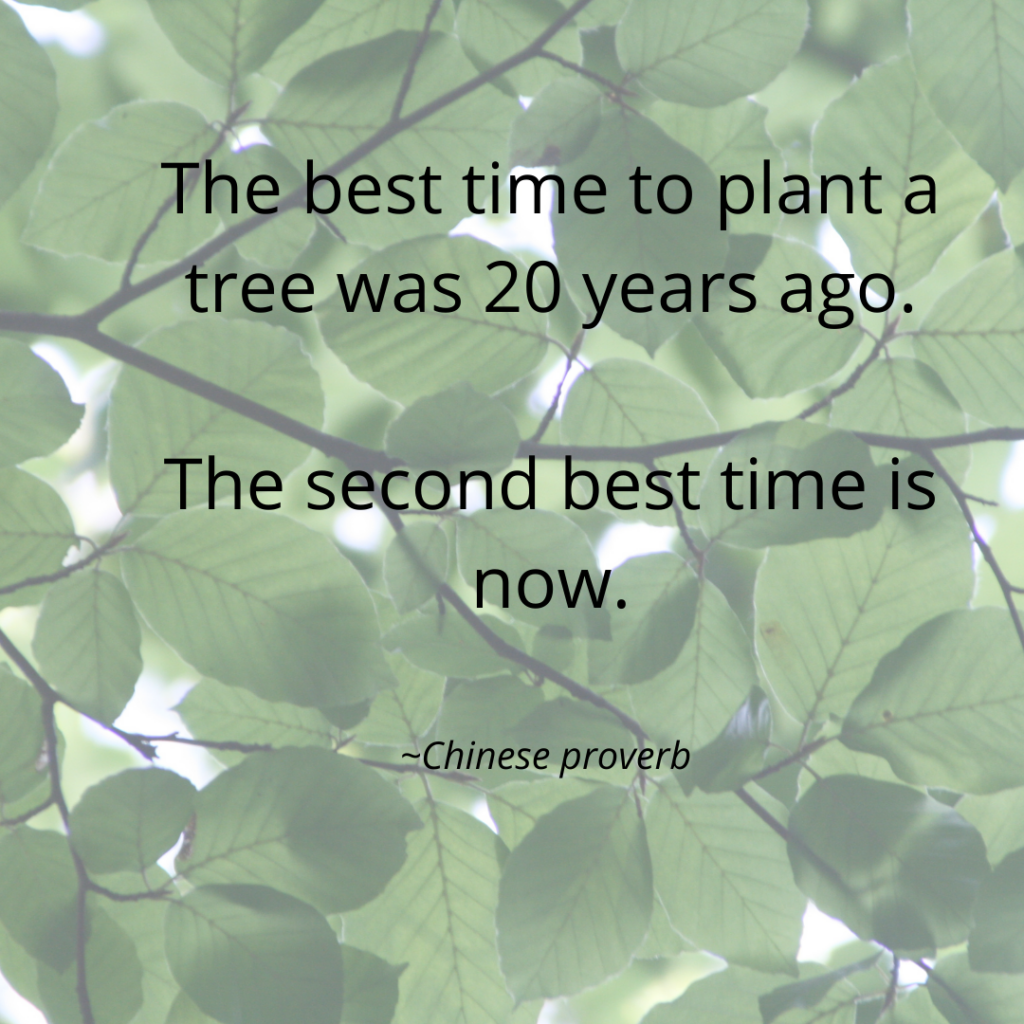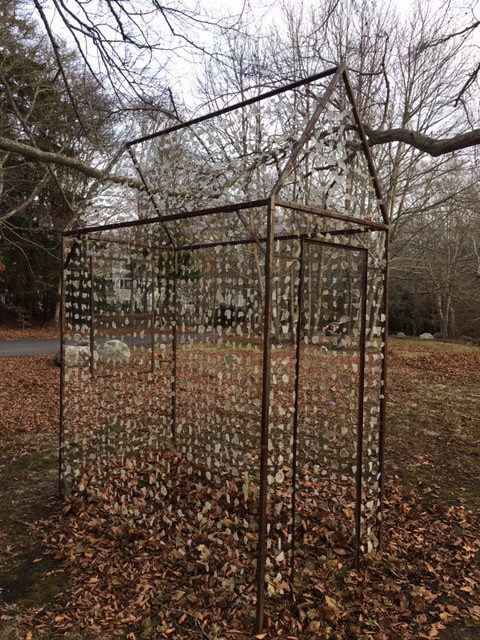By: Kristina Gropper, Senior Consultant
Let me set the stage…
You are at cocktail hour at your cousin’s wedding. Your partner is on a mission to find a probiotic soda for you, and you’re left alone with your aunt and uncle, whom you have not seen in ten years. The conversation shifts to your job, and they want to know what you wound up doing with your liberal arts degree. Your palms start to sweat. When you reply “I am a prospect researcher now” it’s received with blank stares. You decide to elaborate. “I use internet resources to look up information about philanthropists and then synthesize my findings to write up reports for my nonprofit.”
This explanation elicits an immediate response! Your uncle replies, “Oh, so you are a Googler. Well, don’t look me up, I have no money!” Your aunt exclaims this all sounds “jeepers creepers!” Your partner comes to rescue you with the probiotic soda…. but you feel like you have been punched in the gut! Your confidence is shot; and you feel a wave of shame and embarrassment. Tail between legs, you awkwardly take a sip, and wish you were anywhere else but here. Sound familiar?
For Prospect Development Pride month, I decided to write about how others sometimes respond to learning more about our chosen profession, and how we can reframe our role and gain a sense of empowerment. I reached out to my colleagues at HBG and wanted to share their insights as well. It seems like the common reaction from people outside of our field falls into one of two camps: distrust or intrigue.
Distrust
Sometimes our conversations about prospect research leave others feeling uneasy and suspicious. Some people are understandably concerned about their own personal data. We are asked questions like: “Can you see someone’s bank account?”, “How much can you find out about ME?”, “Can you see my medical records?”, “What about my family’s personal information?” and “Have you researched ME?”
Early on in my prospect research career, I shared insight on our profession and received some responses that fell into the distrust camp with lots of scrutiny and follow-up questions. At one point I started telling people I help nonprofits raise funds by writing reports, or that I work in fundraising. I stopped telling them about individual research and focused on the corporate and foundation work.
Intrigue
In my personal experience intrigued people ask: “So interesting, how do you do that?”, “How did you fall into that job?” or “Wow, that sounds fascinating.” Several HBG colleagues were told our job sounds like that of a private investigator. These conversations tend to go organically and stay positive. We veer the conversation into the types of organizations that use prospect research, how to prospect, data analysis, and due diligence.
A new perspective…
In more recent years, my response to questions about what prospect research is has become more nuanced. I have built confidence by reminding myself and others how much I love what I do. Not only do I enjoy prospect research as an intellectually stimulating endeavor, but I also love the idea of supporting nonprofits. By reframing prospect research as an integral tool to help nonprofits succeed, my confidence has soared. Another thing I now like to emphasize is that researchers abide by the APRA Code of Ethics that we take seriously and that we only look at publicly available information. Responding in this new way has emboldened me and provided an overwhelming sense of pride in our profession.










